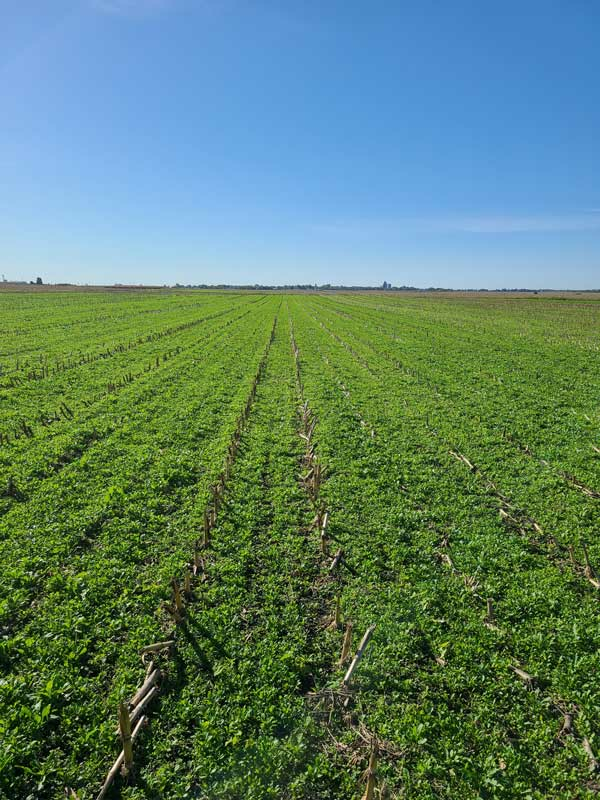
Ryan Meyer1, Alex Hafner1, Jack Wang2, William Perry1
1 School of Biological Sciences, Illinois State University, Normal IL 61790-4120
2 Department of Geography, Geology, and The Environment, , Illinois State University, Normal IL 61790-4120
Nutrient losses from row crop production have been implicated as a major contributor to degraded water quality locally and all the way to the Gulf of Mexico. The states in the upper Midwest have been tasked by the Environmental Protection Agency with reducing nutrient losses seen in the major rivers. In row crop production, the goal is to keep the nutrients in the fields thereby benefiting the producer and protecting water quality. Cover crops have the potential to immobilize nutrients in the field during the cool season Unfortunately, utilization of cover crops is limited. Pennycress (Thlaspi arvense) is an oil seed that is being domesticated for both biofuels and animal feed. We are interested in the potential for pennycress to function not only as a new cash crop but also as a cover crop. In our first year, we have shown that it can reduce nitrate-nitrogen by 50% in soil porewater by 75% in soils. Pennycress also reduced weed biomass by greater than 50%. Pennycress is cash-cover crop alternative to more ecosystem friendly rye cover crops that has the potential to be a new source of revenue and provide environmental benefits. We hope that the added revenue stream of pennycress as a new low carbon biofuel will increase its adoption and thereby meeting the goals of improved water quality set by the EPA and also improve soil fertility and soil organic matter for producers.

